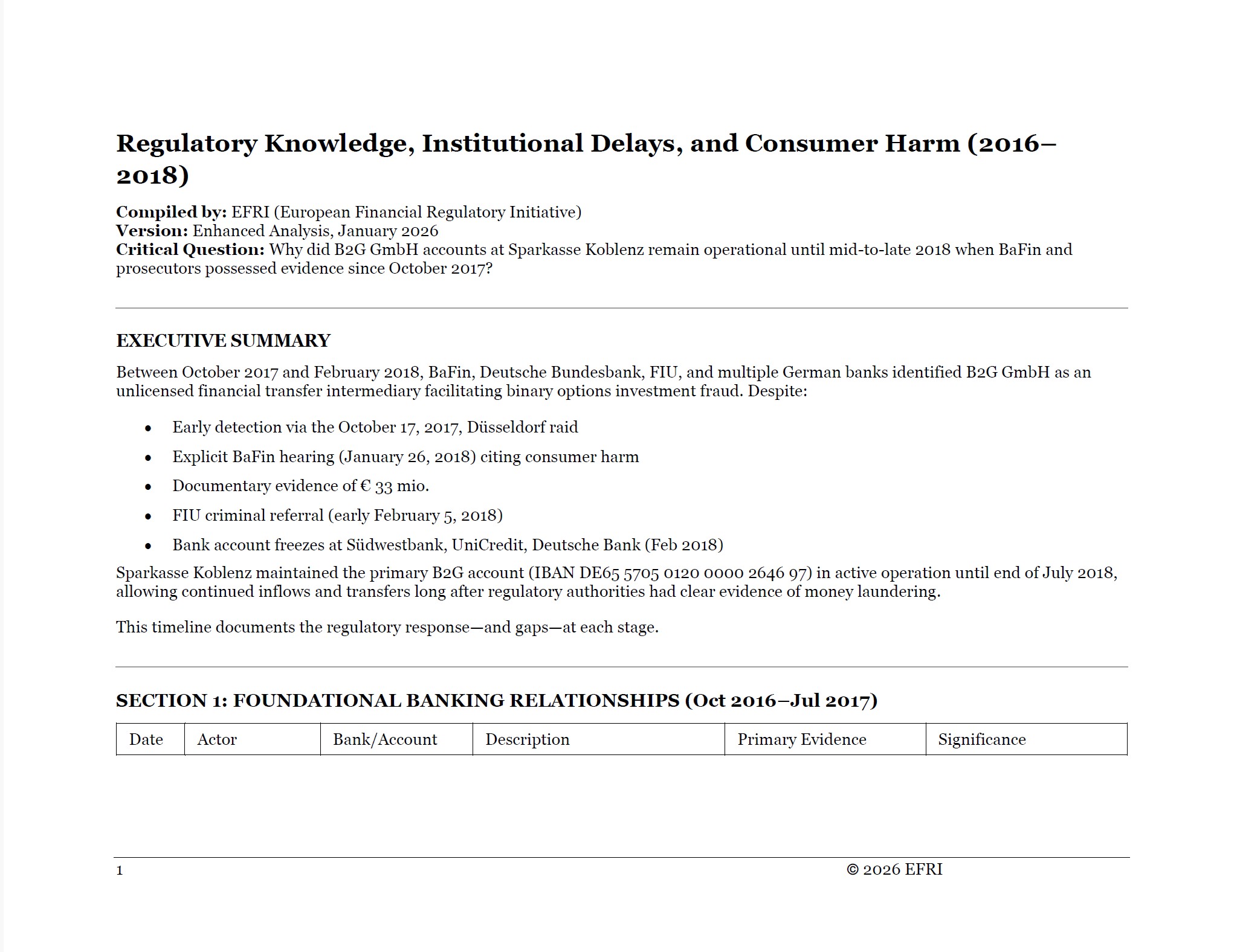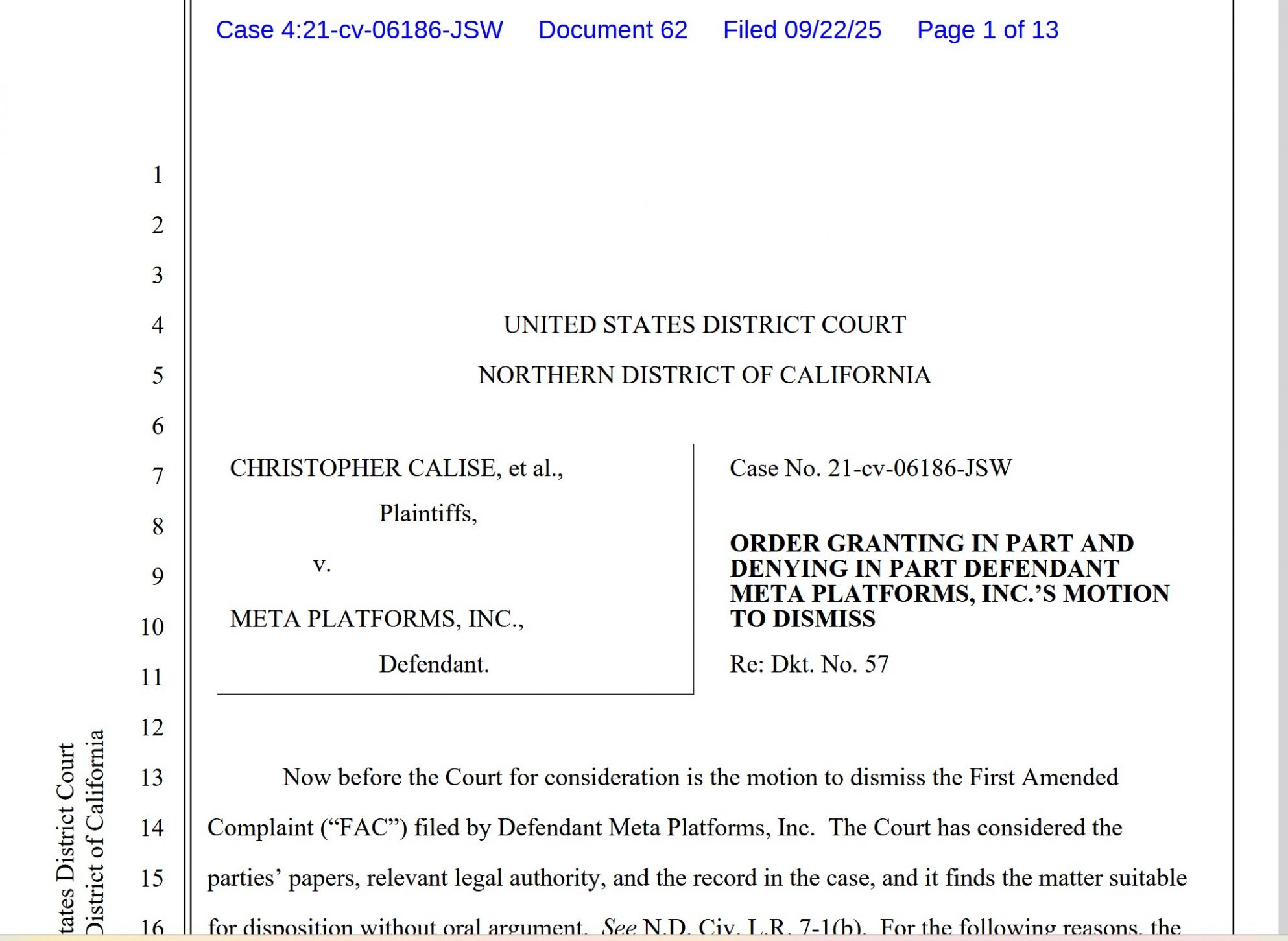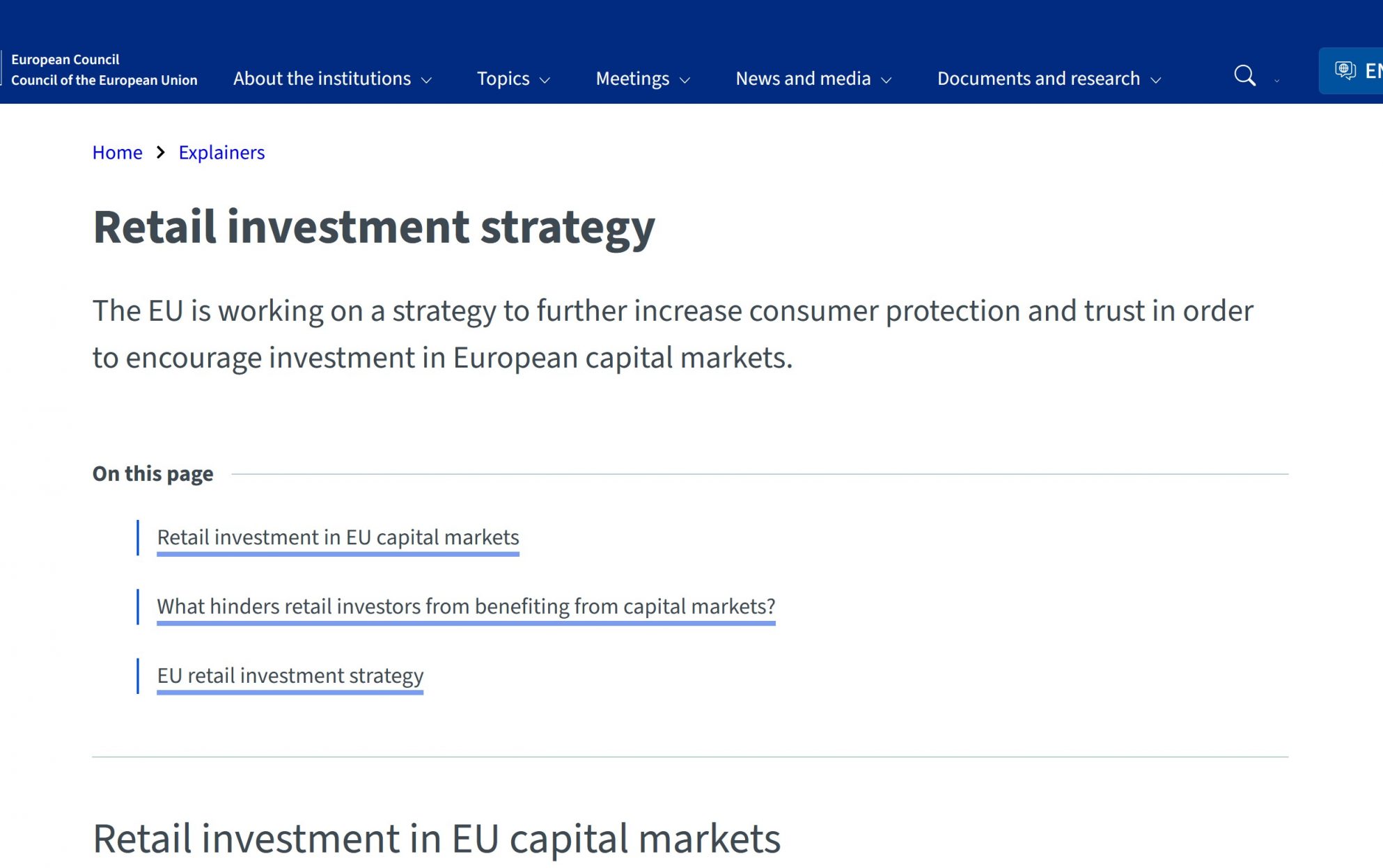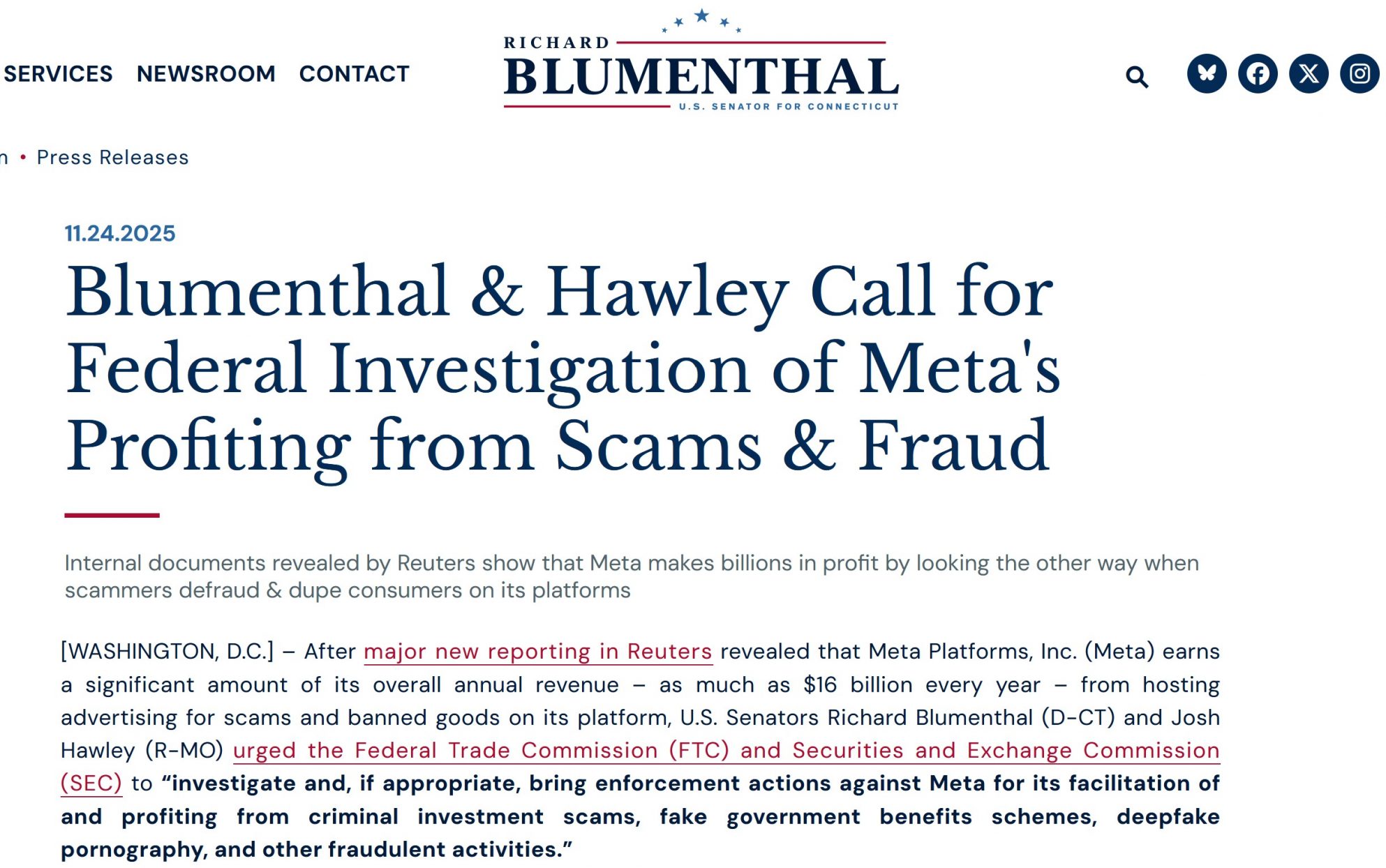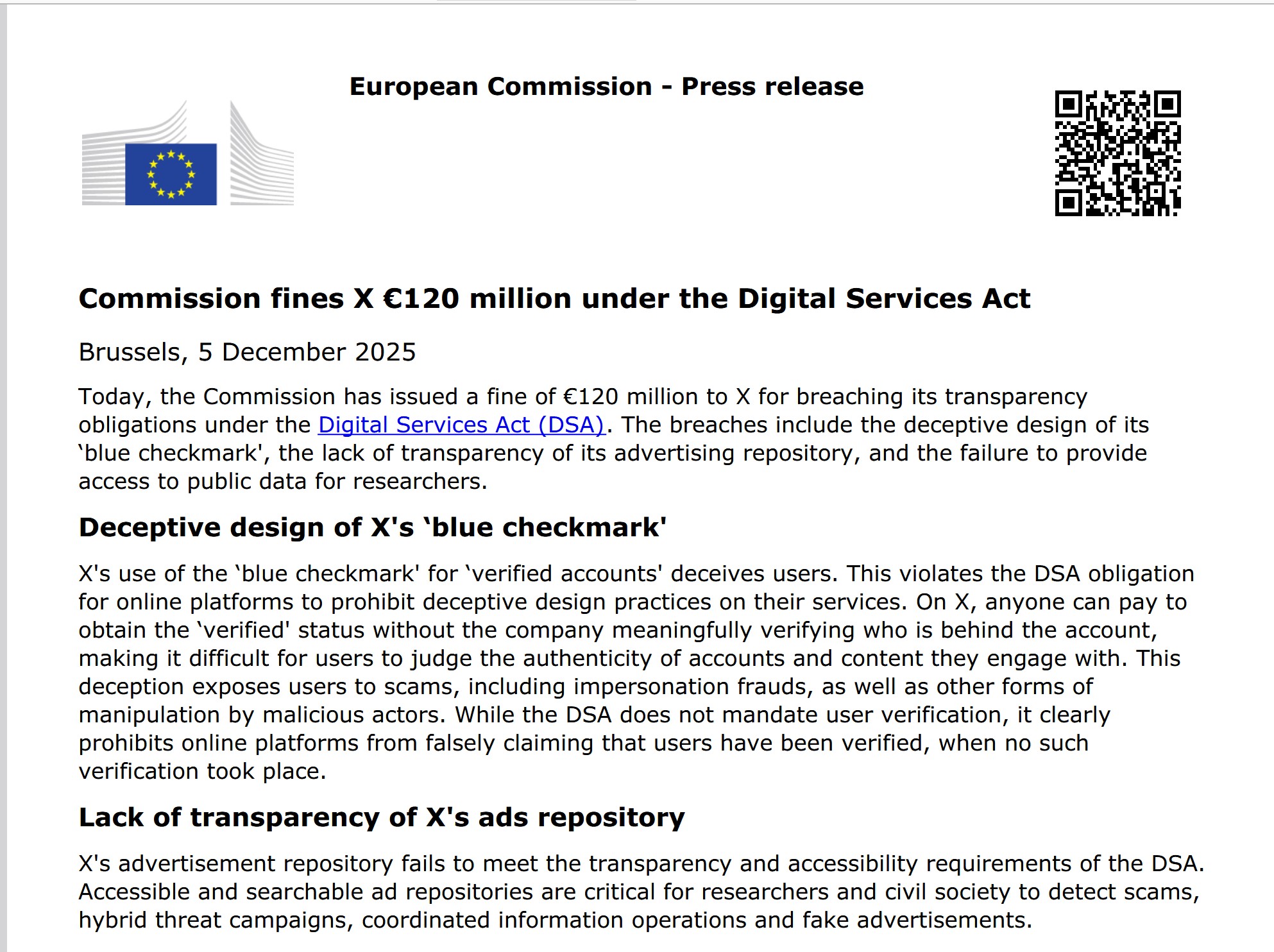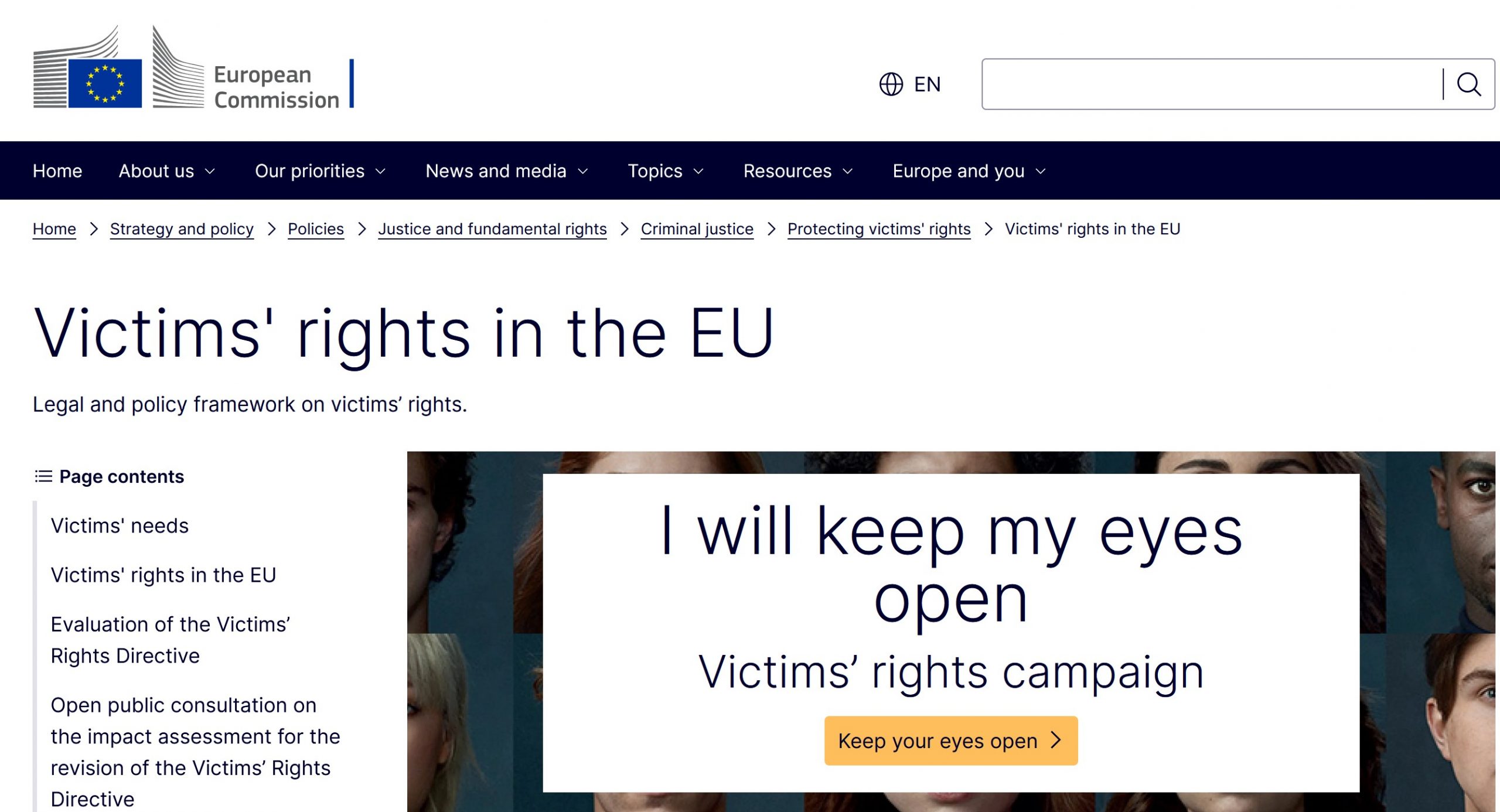Executive Summary
An explosive whistleblower lawsuit reveals how Ernst & Young (EY) systematically enabled one of the largest money laundering operations in history, providing audit cover for a $100 billion criminal network operating through casino companies linked to Chinese organized crime syndicates. The case exposes how EY’s pattern of prioritizing profits over compliance—first demonstrated in the Wirecard scandal—escalated to facilitating money laundering on an unprecedented scale, undermining global financial system integrity.
The lawsuit was filed by Joe Howie, a former EY Partner and co-leader of the Global Assurance Risk Center of Excellence (“Risk COE”), a group he co-founded, and the Global Process for Acceptance and Continuance of Engagements (“PACE”) leader for the Assurance practice at EY.
The Money Laundering Architecture
The complaint reveals systematic failures across EY’s global operations from 2017 to 2024, involving casino companies allegedly linked to a broader network responsible for $100 billion in illegal activity. This represents one of the largest money laundering schemes in recent history, facilitated through casino operations and VIP gaming rooms
The money laundering network centered around two convicted junket operators:
- Alvin Chau: Sentenced to 18 years in prison for running an illegal gambling empire involving 289 counts of fraud, money laundering and illegal gambling
- Levo Chan: Sentenced to 13 years for organized crime, large-scale fraud, and money laundering operations
Both operated through Suncity Group and Tak Chun Group respectively, running private VIP rooms in casinos that provided ideal environments for large-scale money laundering and evading China’s currency controls.
EY's Pattern of Enabling Money Laundering: From Wirecard to Casinos
According to the legal claim the casino money laundering scandal represents a continuation of EY’s problematic approach to high-risk clients, most notably demonstrated in the Wirecard case. EY Germany audited Wirecard AG from 2009 until its spectacular collapse in June 2020, when nearly $2 billion claimed to be held in trustee-controlled bank accounts in Asia could not be located.
The Wirecard case established a troubling pattern that would later manifest in the casino sector:
Ignored Red Flags: Before Wirecard’s collapse, EY received multiple warnings about fraudulent activities, including from U.S. short seller Marc Cohodes in April 2019, who had previously helped uncover fraud at EY client MiMedx. Howie was copied on these warnings and noted that the allegations appeared credible and should be taken seriously.
Failed Forensic Investigations: In 2016, EY’s own forensic auditors raised concerns during an internal investigation called “Project Ring” involving whistleblower allegations. Despite these red flags, EY allowed Wirecard’s management to obstruct and ultimately halt the investigation before key procedures were completed.
Compromised Professional Judgment: Even more alarming, during debriefings as part of EY’s post-Wirecard “Strengthening Trust and Confidence” initiative, forensic professionals revealed that EY never fully addressed allegations that a forensic executive had been offered a bribe by a senior Wirecard executive to stop investigating. This alone should have ended the client relationship and triggered a full investigation.
Learning from Wirecard - Or Not
Following Wirecard’s collapse, EY publicly committed to learning from past failures and launched the “Strengthening Trust and Confidence” (STC) Initiative in September 2020. Howie was selected to work on this full-time remediation effort, which aimed to improve audit quality and risk management.
However, the casino money laundering case reveals that EY failed to apply the lessons from Wirecard:
- Forensic Marginalization: Despite recommendations to strengthen forensic involvement in high-risk audits, EY leadership continued to resist bringing in specialists when allegations of criminal activity were present
- Risk Assessment Failures: The same pattern of incomplete or manipulated risk assessments that plagued Wirecard continued with casino clients
- Commercial Priorities: EY’s focus on revenue over compliance concerns, evident in Wirecard, persisted with high-paying casino clients.
Audit Failures and AML Compliance
Building on the Wirecard template, the lawsuit alleges that EY knowingly issued clean audit opinions for casino companies despite clear evidence of money laundering risks
Building on the Wirecard template, the lawsuit alleges that EY knowingly issued clean audit opinions for casino companies despite clear evidence of money laundering risks:
- False AML Program Certifications: EY issued unqualified audit opinions stating that financial statements were fairly presented and that companies had effective internal control over financial reporting, despite knowing about organized crime connections
- Inadequate Due Diligence: The complaint details how EY failed to properly identify and respond to “noncompliance with laws and regulations” (NOCLAR) risks, particularly regarding anti-money laundering requirements
- Compromised Risk Assessments: Internal risk assessments were allegedly incomplete or altered to avoid identifying money laundering red flags
Money Laundering Red Flags Ignored
The complaint details numerous red flags that EY allegedly ignored:
- AUSTRAC Identification: Alvin Chau was identified by AUSTRAC (Australia’s financial intelligence unit) as a Politically Exposed Person with substantial criminal history in 2017
- Wealth-X Database Alerts: Background checks revealed criminal history and Triad connections years before arrests
- Media Coverage: Extensive investigative journalism from 2014 onwards documented organized crime connections
- Regulatory Investigations: Australian casino inquiries detailed money laundering and organized crime infiltration
Forensic Evidence Overlooked
EY’s forensic teams identified clear evidence of criminal activity but were allegedly overruled:
- Attempted Bribery: A forensic executive reported being offered a bribe by a senior Wirecard executive to stop investigating, but EY never fully addressed these allegations
- Document Falsification: Forensic teams discovered clients providing falsified documents to conceal money laundering transactions
- Round-trip Transactions: Identification of suspicious circular money flows designed to obscure beneficial ownership
EY's Orchestrated Cover-Up and Whistleblower Suppression
When Howie repeatedly raised concerns about EY’s money laundering facilitation:
- Direct Suppression Orders: David Kane, Global Vice Chair of Professional Practice, explicitly ordered Howie to stop investigating organized crime connections and cease all related communications
- Retaliation Threats: Kane threatened to remove Howie from leadership roles and reassign him to irrelevant ESG work if he continued raising compliance concerns
- Information Suppression: EY leadership refused to conduct basic compliance checks that would have exposed the extent of systematic audit failures
- Legal Intimidation: EY’s General Counsel office pressured Howie with investigations and threats rather than addressing the underlying criminal facilitation
EY's Institutional Protection of Criminal Clients
The lawsuit reveals how EY’s institutional structure protected money laundering operations:
- Partnership Conflicts: Former EY partners served on boards of organized crime-linked companies, creating conflicts of interest that compromised audit independence
- Geographic Coordination: EY’s global structure allowed criminal enterprises to shop for the most accommodating audit teams across jurisdictions
- Regulatory Arbitrage: EY exploited differences between national audit standards to minimize scrutiny of high-risk clients
An EY spokesperson responded: “This claim is without merit, and we wholly disagree with Mr. Howie’s characterisation of events”, but has not provided detailed responses to the specific money laundering allegations.
Our Conclusion:
We are firmly convinced that the allegations raised by Joe Howie are accurate and, in fact, indicative of systemic issues that can be extended to other major audit firms, including KPMG. It is otherwise inexplicable how KPMG continued to issue unqualified audit opinions for Dutch ING Bank N.V. and its subsidiary Payvision B.V. over several years, as well as for Deutsche Bank and Postbank—despite their deep and repeated involvement in major money laundering scandals.
This Ernst & Young whistleblower lawsuit will will hopefully raise some awareness. When audit firms fail in their gatekeeper role repeatedly, they don’t just miss individual frauds—they enable entire criminal ecosystems to flourish within legitimate financial systems.


